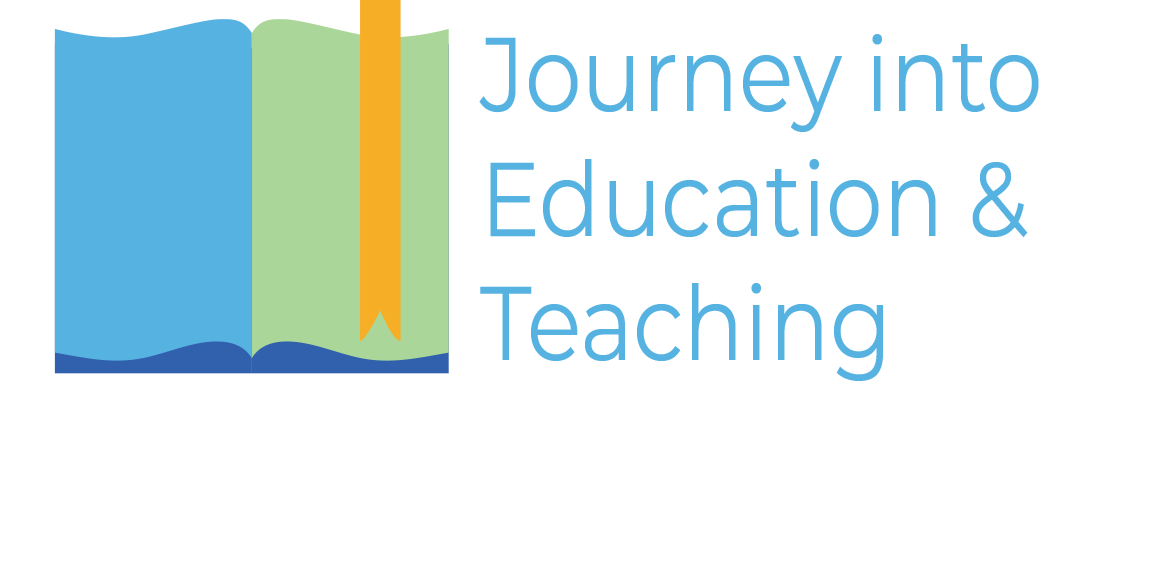Report Review: 7 Trends in the Teaching Force and the Implications for JET
A report by Ingersoll, Merrill, Stuckey, and Collins from the University of Pennsylvania (2018), Seven Trends: The Transformation of the Teaching Force – Updated October 2018, analyzed various data sources to answer the question of whether or not the teaching workforce has changed between 1987 and 2016. They found and noted seven particular ways in which the teaching force has changed during this time. Specifically, they said that the teaching workforce has become: grayer, greener, larger, more female, more diverse (by race and ethnicity), consistent in academic ability, and unstable (Ingersoll et. al, 2018). Of particular interest to me were the researchers’ thoughts on how the teaching workforce has become grayer, greener, larger, more female, and more diverse. What exactly do they mean when they say the teaching force has changed in these ways, and what are the implications for JET? Read more to find out.
Grayer and Greener
Overall, the teaching force has gotten older and teacher retirements have increased (Ingersoll et. al, 2018). While the authors suggest that this has major implications financially, the “graying” of the teacher workforce could also be particularly useful, especially for new teachers who might need a mentor. Although any quality teacher can be a mentor regardless of their age, there are benefits of having a mentor who has been in the workforce for a long time and who can share their experience with less experienced teachers. Moreover, while the teaching force has gotten older, the number of newer teachers has also increased (Ingersoll et. al, 2018). There are advantages and disadvantages to this trend; namely, the increase in new teachers can mean the increase in “fresh ideas and energy” (Ingersoll et. al, 2018). However, one disadvantage is that the increase in new teachers can also mean a decrease in older, more experienced teachers who could be a mentor to new teachers, which would likely have positive implications for students (Ingersoll et. al, 2018). With regards to JET, this means that the support systems that we have put into place through the use of mentoring, utilizing a cohort model, and providing workshops to aid in teacher preparation, are all the more important and timely.
Larger
Furthermore, the teaching workforce has increased in size, a finding to be particularly excited about. However, the authors note that the number of teachers in private schools has increased much faster than the number of teachers in public schools, causing me to wonder why. If public school is the most accessible form of schooling for the majority of our country, then what can we do to ensure that more teachers are choosing to teach in public schools as well?
More Female and More Racially and Ethnically Diverse
For years, the teaching workforce has long been a field of mostly females. This is still true, even though the number of males in the teacher workforce has increased (Ingersoll et. al, 2018). Females are still the majority, and continue to be so, increasingly. This illuminates a need to consider ways in which we as an organization, and others with a similar mission, (to) can increase gender diversity within the teacher workforce as well. Similarly, from a racial and ethnic perspective, teaching is still predominantly White, and the rate at which teachers of color leave the workforce is much higher. This highlights the need to increase our support for teachers, especially teachers of color, and especially since we know the positive impacts teachers of color can have on students of the same race and/or ethnicity. JET’s mission, to help paraprofessionals become teachers, speaks directly to the need for a more diverse teacher workforce through its attempt to support and retain teachers, many of whom are individuals of color.
This report was definitely worth a read. While the information in the report was thought-provoking and in some ways, worth celebrating, it also reminds me of the need for programs like JET that focus on targeted support, increasing teacher diversity, and easing the stress of gaining teacher licensure.
Ingersoll, Richard M.; Merrill, Elizabeth; Stuckey, Daniel; and Collins, Gregory. (2018). Seven Trends: The Transformation of the Teaching Force – Updated October 2018. CPRE Research Reports. Retrieved from https://repository.upenn.edu cpre_researchreports/108

